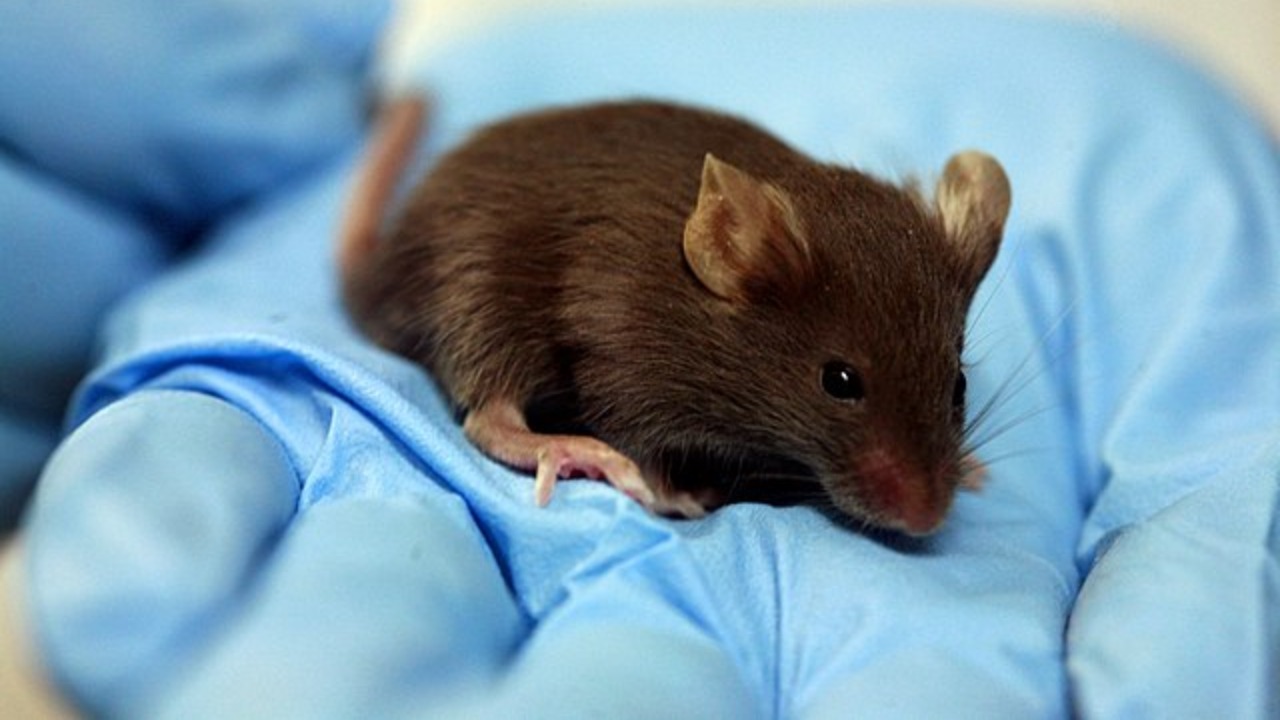 A lab mouse, like the mice used in a recent experiment examining fertility. Credit: Rama / Wikimedia Commons CC BY 2.0
A lab mouse, like the mice used in a recent experiment examining fertility. Credit: Rama / Wikimedia Commons CC BY 2.0Researchers at the University of Tokyo have successfully created viable mouse eggs from the cells of male mice, according to a new study. The groundbreaking research has been hailed as a significant achievement in the field of reproductive biology.
According to a peer-reviewed article published on March 15 in the journal Nature, a group of scientists, headed by Katsuhiko Hayashi, a professor of genome biology at Osaka University in Japan, successfully created eggs from the skin cells of male mice. These eggs were then implanted into female mice, which subsequently gave birth to healthy offspring.
The research, although focused on mice, raises interesting questions about the possibilities of future fertility treatments for humans, both for infertile women and potentially for same-sex couples. However, there are also significant ethical and moral implications posed by any such advances.
The Study
The full process used by the scientists during their experiment appears in their study, published earlier this month in Nature.
The scientists obtained skin cells from adult male lab mice, which, similar to male humans, possess one X and one Y chromosome.
They then transformed these cells into induced pluripotent stem cells (iPSCs), which are a type of cell that can be reprogrammed into an embryonic state, using a method of genetic engineering pioneered by Nobel Prize laureate Shinya Yamanaka. iPSCs are utilized extensively in biological research to model and investigate human diseases, as well as develop drugs.
When the scientists cultured the iPSCs in the laboratory, some of them lost their Y chromosome spontaneously, producing “XO” cells. Hayashi explained that this type of cell growth does not necessitate the presence of the Y chromosome.
The scientists grew the XO cells in a laboratory environment and observed that some cells underwent cell division errors, causing them to have two X chromosomes instead of one X and one Y chromosome.
This resulted in the cells being genetically female. By administering reversine, a chemical compound, the number of XX cells was amplified.
The team then converted the XX cells into primordial germ cells, which are cells that give rise to eggs and sperm, and then instructed them to become egg cells. The eggs were fertilized with sperm and implanted into a mouse uterus, and subsequently, they produced viable offspring.
Implications for human fertility treatments
The study has resulted in some excitement that future fertility treatments could be right around the corner. The use of two male mice to create the mouse eggs has also raised the prospect of fertility for people in same-sex relationships.
However, it could be at least a decade before the research produces tangible results in the realm of human fertility.
“It is expected that application into humans takes a long time, maybe 10 years or more. Even if it is applied, we never know whether the eggs are safe enough to produce (a) baby,” said Hayashi.
Rod Mitchell, a professor of developmental endocrinology at the MRC Centre for Reproductive Health at the University of Edinburgh in Scotland, is similarly cautious.
“Its potential application for humans (e.g. for same-sex couples) remains to be seen. In the mouse study, very few of the embryos generated using mouse cells resulted in live offspring and the final steps required to convert germ cells into eggs have not been reliably reproduced using human cells,” commented Mitchell, who was not involved in the research.

 1 year ago
58
1 year ago
58











 English (US)
English (US)